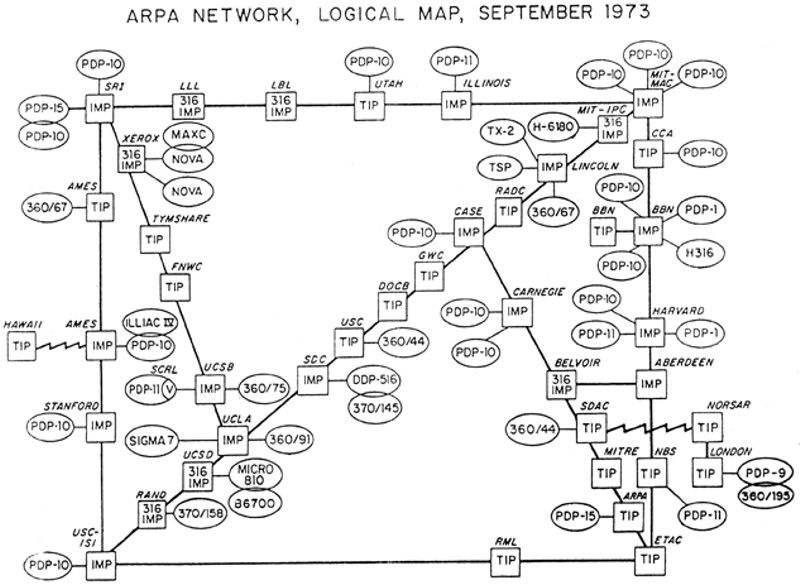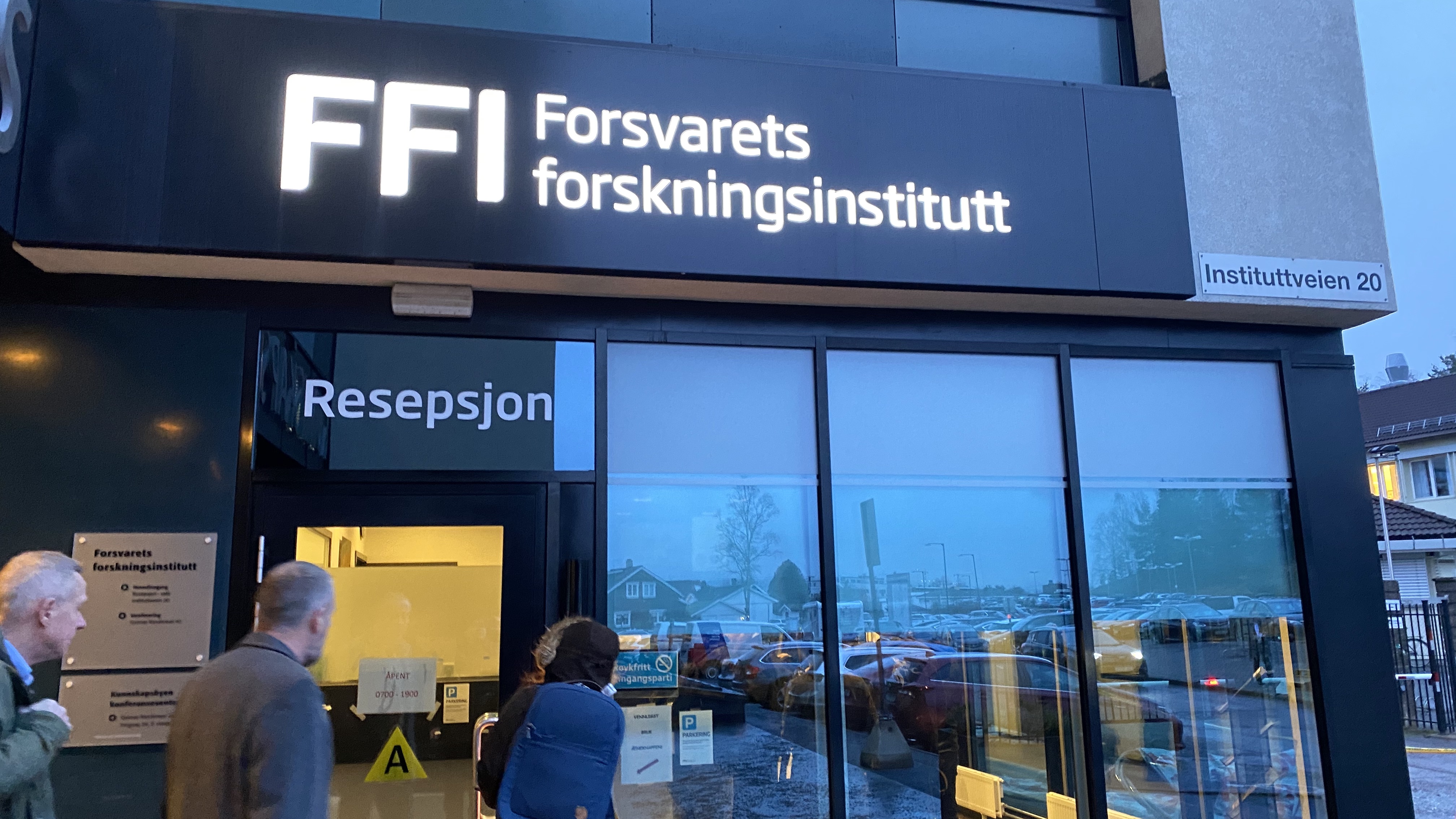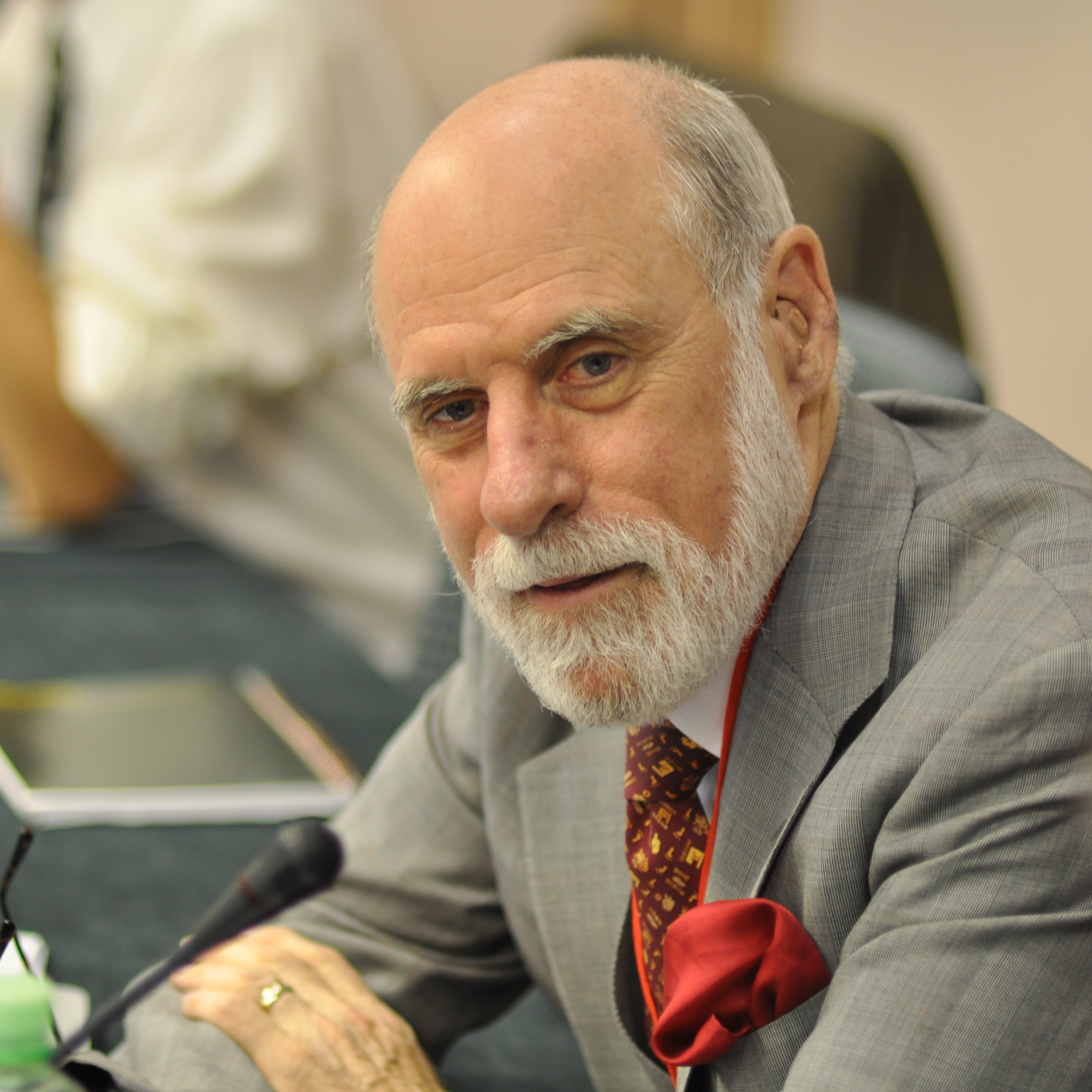|
SATNET
SATNET, also known as the Atlantic Packet Satellite Network, was an early satellite network that formed an initial segment of the Internet. It was implemented by BBN Technologies under the direction of the Advanced Research Projects Agency. The first heterogeneous computer network was implemented in 1973, connecting the ARPANET to University College London. This evolved into SATNET. The first Transmission Control Program demonstration, linking SATNET, the ARPANET, and PRNET took place on November 22, 1977. History Background SATNET had its origins in Larry Roberts' 1970 proposal for a link between the ARPANET and the National Physical Laboratory (NPL) network. The NPL network was developed by Donald Davies, one of two independent inventors of the concept of packet switching. ARPA had an existing 2.4 kilobit/second link to NORSAR (used for seismic research), which at the time passed through a satellite station in the UK, then continued via cable to Norway. Peter T ... [...More Info...] [...Related Items...] OR: [Wikipedia] [Google] [Baidu] |
ARPANET
The Advanced Research Projects Agency Network (ARPANET) was the first wide-area packet-switched network with distributed control and one of the first networks to implement the TCP/IP protocol suite. Both technologies became the technical foundation of the Internet. The ARPANET was established by the Advanced Research Projects Agency (ARPA) of the United States Department of Defense. Building on the ideas of J. C. R. Licklider, Robert Taylor (computer scientist), Bob Taylor initiated the ARPANET project in 1966 to enable access to remote computers. Taylor appointed Lawrence Roberts (scientist), Larry Roberts as program manager. Roberts made the key decisions about the network design. He incorporated Donald Davies' concepts and designs for packet switching, and sought input from Paul Baran. ARPA awarded the contract to build the network to Bolt Beranek & Newman who developed the first Communication protocol, protocol for the network. Roberts engaged Leonard Kleinrock at Universi ... [...More Info...] [...Related Items...] OR: [Wikipedia] [Google] [Baidu] |
BBN Technologies
Raytheon BBN (originally Bolt Beranek and Newman Inc.) is an American research and development company, based next to Fresh Pond in Cambridge, Massachusetts, United States. In 1966, the Franklin Institute awarded the firm the Frank P. Brown Medal, in 1999 BBN received the IEEE Corporate Innovation Recognition, and on 1 February 2013, BBN was awarded the National Medal of Technology and Innovation, the highest honors that the U.S. government bestows upon scientists, engineers and inventors, by President Barack Obama. It became a wholly owned subsidiary of Raytheon in 2009. History BBN has its roots in an initial partnership formed on 15 October 1948 between Leo Beranek and Richard Bolt, professors at the Massachusetts Institute of Technology. Bolt had won a commission to be an acoustic consultant for the new United Nations permanent headquarters to be built in New York City. Realizing the magnitude of the project at hand, Bolt had pulled in his MIT colleague Beranek fo ... [...More Info...] [...Related Items...] OR: [Wikipedia] [Google] [Baidu] |
PRNET
The Packet Radio Network (PRNET) was a set of early, experimental mobile ad hoc networks whose technologies evolved over time. It was funded by the Advanced Research Projects Agency (ARPA). Major participants in the project included BBN Technologies, Hazeltine Corporation, Rockwell International's Collins division, and SRI International. History ARPA initiated the PRNET project in 1973, funding both theoretical and experimental research. Its goals were outlined in a 1975 paper by Bob Kahn, namely, to investigate the feasibility of using packet-switched, store-and-forward radio communications to provide reliable computer communications in a mobile environment. The earlier ALOHAnet served as an inspiration, but PRNET tackled a significantly harder set of problems, namely, multi-hop communications between mobile vehicles without a central station. In Kahn's initial conception, the overall system design was "predicated upon the existence of an array of low cost repeaters", where he de ... [...More Info...] [...Related Items...] OR: [Wikipedia] [Google] [Baidu] |
NORSAR
NORSAR or Norwegian Seismic Array was established in 1968 as part of the Norwegian- US agreement for the detection of earthquakes and nuclear explosions. Description Located at Kjeller, north of Oslo, NORSAR runs and maintains seismic arrays in Norway and it is the designated Norwegian National Data Centre for the Comprehensive Nuclear Test Ban Treaty. NORSAR conducts basic seismological research, develops software and provides consultancy for the petroleum industry. NORSAR was the first non-US site included in ARPANET in June 1973 with a connection via the Tanum Earth Station in Sweden to the Seismic Data Analysis Center (SDAC) in Virginia, United States. It was the connection point for ARPANET to spread to Peter Kirstein's research group at University College London (UCL) the following month in July 1973. Connecting through NORSAR, the Norwegian Defence Research Establishment, along with UCL and RSRE in Britain, were involved in testing TCP/IP. UCL provided a gateway be ... [...More Info...] [...Related Items...] OR: [Wikipedia] [Google] [Baidu] |
Packet Switching
In telecommunications, packet switching is a method of grouping Data (computing), data into ''network packet, packets'' that are transmitted over a digital Telecommunications network, network. Packets are made of a header (computing), header and a payload (computing), payload. Data in the header is used by networking hardware to direct the packet to its destination, where the payload is extracted and used by an operating system, application software, or protocol suite, higher layer protocols. Packet switching is the primary basis for data communications in computer networks worldwide. In the early 1960s, American computer scientist Paul Baran developed the concept that he called "distributed adaptive message block switching", with the goal of providing a fault-tolerant, efficient routing method for telecommunication messages as part of a research program at the RAND Corporation, funded by the United States Department of Defense. His ideas contradicted then-established principles ... [...More Info...] [...Related Items...] OR: [Wikipedia] [Google] [Baidu] |
Norwegian Defence Research Establishment
The Norwegian Defence Research Establishment (''Forsvarets forskningsinstitutt'' – ''FFI'') is a research institute that conducts research and development on behalf of the Norwegian Armed Forces and provides expert advice to political and military defence leaders. In particular, its task is to keep track of advances in the fields of science and military technology which might affect the assumptions on which Norwegian security policy and/or defence planning is based. History The institute was established in 1946. Its roots lie in Norwegian participation in British scientific research during the Second World War (see Allied technological cooperation during World War II). Many Norwegian scientists and technologists took part during the period when Germany occupied Norway between 1940 and 1945. FFI has 714 employees, of which approximately 360 are scientists and engineers. The main location of the institute is at Kjeller near Lillestrøm, 20 km east of the country's cap ... [...More Info...] [...Related Items...] OR: [Wikipedia] [Google] [Baidu] |
Vint Cerf
Vinton Gray Cerf (; born June 23, 1943) is an American Internet pioneer and is recognized as one of " the fathers of the Internet", sharing this title with TCP/IP co-developer Bob Kahn. He has received honorary degrees and awards that include the National Medal of Technology, the Turing Award,Cerf wins Turing Award February 16, 2005 the Presidential Medal of Freedom,2005 Presidential Medal of Freedom recipients from the White House website the [...More Info...] [...Related Items...] OR: [Wikipedia] [Google] [Baidu] |
Lawrence Roberts (scientist)
Lawrence Gilman Roberts (December 21, 1937 – December 26, 2018) was an American engineer who received the Draper Prize in 2001 "for the development of the Internet", and the Principe de Asturias Award in 2002. As a program manager and later office director at the Advanced Research Projects Agency, Roberts and his team created the ARPANET using packet switching techniques invented by British computer scientist Donald Davies and American Paul Baran. The ARPANET, which was built by the Massachusetts-based company Bolt Beranek and Newman (BBN), was a predecessor to the modern Internet. He asked Leonard Kleinrock to apply mathematical models to simulate the performance of the network. Roberts later served as CEO of the commercial packet-switching network Telenet. Early life and education Roberts, who was known as Larry, was born and raised in Westport, Connecticut. He was the son of Elizabeth (Gilman) and Elliott John Roberts, both of whom had doctorates in chemistry. It is s ... [...More Info...] [...Related Items...] OR: [Wikipedia] [Google] [Baidu] |
Transmission Control Program
The Internet Protocol (IP) is the network layer communications protocol in the Internet protocol suite for relaying datagrams across network boundaries. Its routing function enables internetworking, and essentially establishes the Internet. IP has the task of delivering packets from the source host to the destination host solely based on the IP addresses in the packet headers. For this purpose, IP defines packet structures that encapsulate the data to be delivered. It also defines addressing methods that are used to label the datagram with source and destination information. IP was the connectionless datagram service in the original Transmission Control Program introduced by Vint Cerf and Bob Kahn in 1974, which was complemented by a connection-oriented service that became the basis for the Transmission Control Protocol (TCP). The Internet protocol suite is therefore often referred to as ''TCP/IP''. The first major version of IP, Internet Protocol Version 4 (IPv4), is the do ... [...More Info...] [...Related Items...] OR: [Wikipedia] [Google] [Baidu] |
Bob Kahn
Robert Elliot Kahn (born December 23, 1938) is an American electrical engineer who, along with Vint Cerf, first proposed the Transmission Control Protocol (TCP) and the Internet Protocol (IP), the fundamental communication protocols at the heart of the Internet. In 2004, Kahn won the Turing Award with Vint Cerf for their work on TCP/IP. Background information Kahn was born in New York to parents Beatrice Pauline (née Tashker) and Lawrence Kahn in a Jewish family of unknown European descent. Through his father, he is related to futurist Herman Kahn. After receiving a B.E.E. degree in electrical engineering from the City College of New York in 1960, Kahn went on to Princeton University where he earned a M.A. in 1962 and Ph.D. in 1964, both in electrical engineering. At Princeton, he was advised by Bede Liu and completed a doctoral dissertation titled "Some problems in the sampling and modulation of signals." He first worked at Bolt Beranek and Newman Inc., then in 1972 joi ... [...More Info...] [...Related Items...] OR: [Wikipedia] [Google] [Baidu] |
International Networking Working Group
The International Networking Working Group (INWG) was a group of prominent computer science researchers in the 1970s who studied and developed standards and protocols for computer networking. Set up in 1972 as an informal group to consider the technical issues involved in connecting different networks, it became a subcommittee of the International Federation for Information Processing later that year. Ideas developed by members of the group contributed to the original "Protocol for Packet Network Intercommunication" proposed by Bob Kahn and Vint Cerf in 1974. History The International Networking Working Group formed in October 1972 at the International Conference on Computer Communication held in Washington D.C. Its purpose was to study and develop communication protocols and standards for internetworking. The group was modelled on the ARPANET "Networking Working Group" created by Steve Crocker. Vint Cerf led the INWG and other active members included Alex McKenzie, Donald ... [...More Info...] [...Related Items...] OR: [Wikipedia] [Google] [Baidu] |








